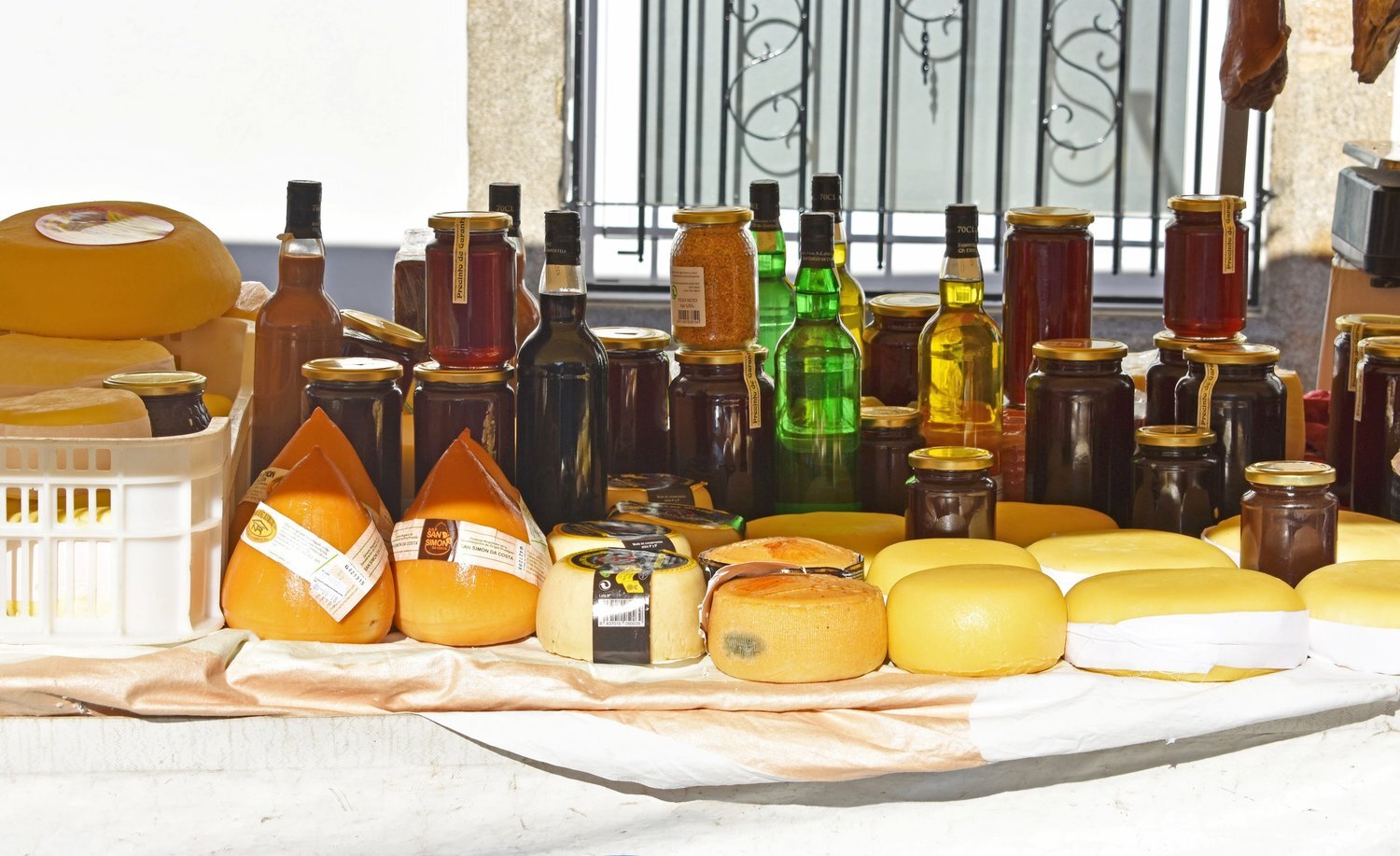(2017, back-posting from an old blog)
A friend who was recently visiting asked if we had a farmers’ market around here. My first thought was "no, not really" but then smiled thinking that we do have a "market" though. It's not what we would call back home a “farmers market” (as in, more organic-type produce, more local, more hip, shall we say, with small local businesses boasting well-designed tent set-ups). But we do have a market that just celebrated its 520th year this summer. It is every Monday in the next little town over, and while it’s more of a rural town market than an urban style farmers’ market, it has a great selection of local produce, cheeses, cured meats and liquors. It also has lots of plants, baby clothes, shoes, baskets, books, and various sundries. There are a few cafés that dot the pedestrian street that make a for a great café con leche and toast pause.
Sabarís, the little town that is home to the market, has a long history dating to prehistoric inhabitants whose flint artifacts have been found in its estuary and date to the Mesolithic period (10,000-4,300 B.C). Later the Celts were established here for quite a while, then the Romans, before the town was officially founded by the Suebi Germanic tribe in 573 and later conquered by the Visigoths.
When the Romans arrived, the town was already dedicated to its patron Saint Cristina (as in the 300s). This church is actually a newly built parish church on the site of the older ones. It only dates to the 1920s (although things always seem to feel more ancient than they really are in Galicia since they are usually made of stone and are covered in moss).
The old bridge that connects Ramallosa to Sabarís is pre-romanic, but was later destroyed and rebuilt in the eighth century. The story goes that in the 1200s San Telmo ordered the reconstruction of the bridge and after his death miraculous protected it in a bad storm. People still leave flowers and candles to this day asking for prayers. Sabarís and this bridge lie along the Portuguese Way of the Camino de Santiago por la Costa.
All dates/facts from Wikipedia.








